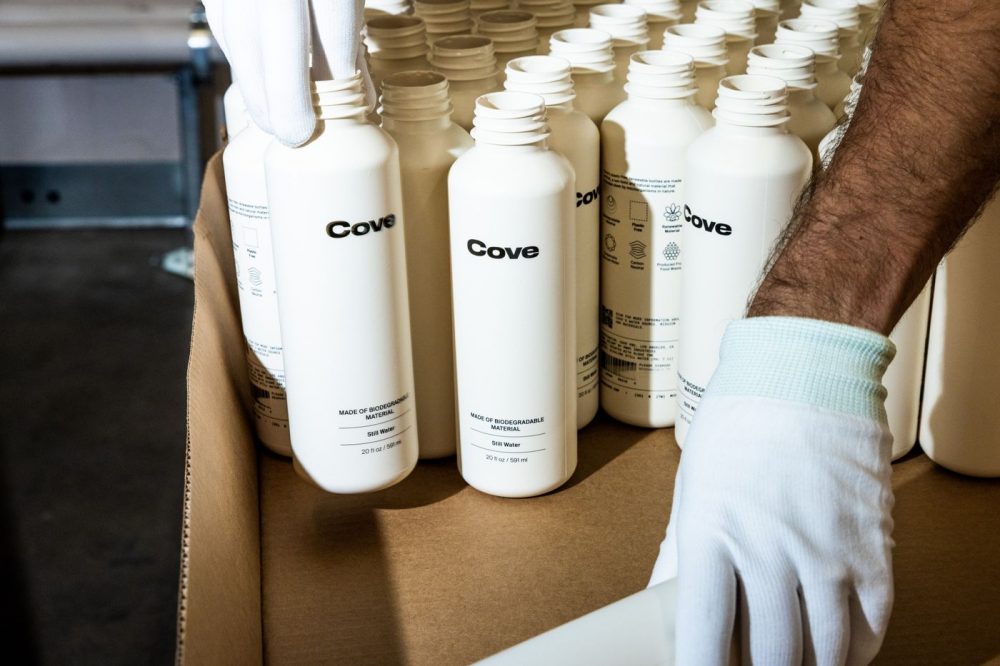With backers including James Murdoch and Diplo, Cove says its sustainable water bottle will retail at $2.99 a pop.
The Cove water bottle is a thin, sturdy cylinder, eggshell-white with a matching lid. It feels familiar. “If someone gave that to you,” offered Alex Totterman, Cove’s founder and chief executive, “you probably would have no idea that that wasn’t a plastic bottle.”
If someone does give you this bottle, it would be a remarkable achievement. Scientists and businesses have spent many years and much money trying to replace everyday packaging with natural materials that don’t pollute the Earth — so far, that’s given us little beyond compostable straws. But the challenge hasn’t deterred Cove from its own five-year journey to producing the first “fully biodegradable” bottle of water. In the coming months, Totterman says Cove’s creation will finally hit stores at $2.99 a pop.
Totterman has also said this before. In February 2019, he told Fast Company Cove’s bottles were arriving in stores later that month. They didn’t. In October 2020, Totterman told the Los Angeles Times his bottles were arriving after the new year. Still nope. Pandemic delays and supply chain bottlenecks have repeatedly derailed the startup’s plans, as has the chemistry involved in its mission.
Cove’s investors are still on board. The company has raised $20 million since 2018 from luminaries like Salesforce co-founder Marc Benioff; media heir James Murdoch; and Valor Equity Partners, an early backer of Tesla Inc. Totterman also bagged investment from the DJs Diplo and Kygo, singer Ellie Goulding and a few pop stars he wouldn’t name. By his telling, grocers, music festivals and corporate campuses are waiting with bated breath — and checkbooks in hand — for someone to produce a water bottle that people won’t feel guilty about tossing out, and Cove is nearly ready to produce 20 million bottles a year to meet interest from “pretty much every major retailer and brand,” Totterman said. (Whole Foods is the only named customer.)
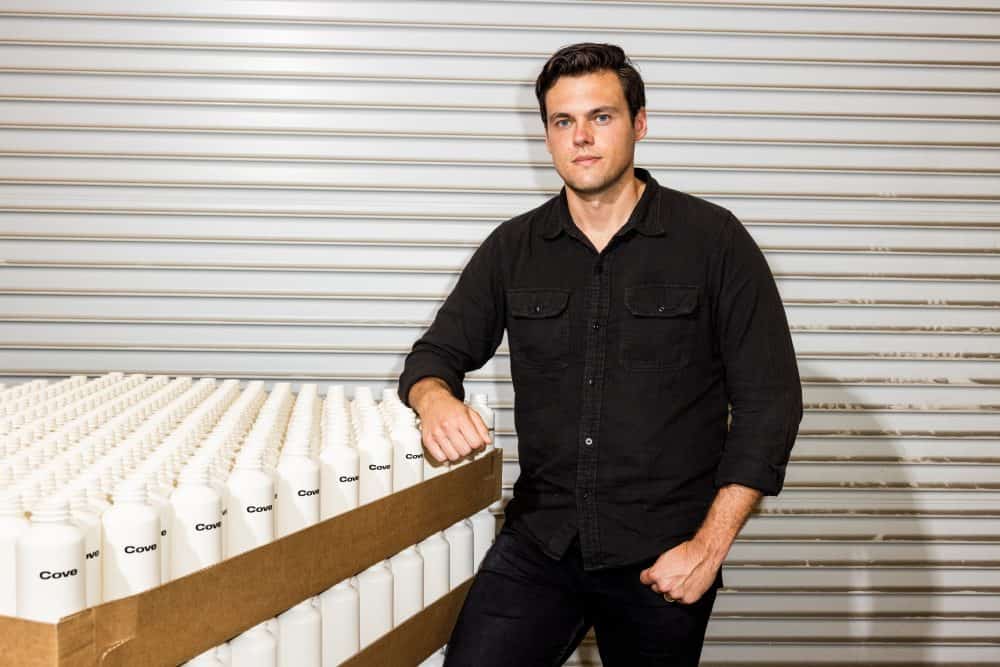
Cove’s bottles start in kitchens. RWDC Industries, a chemical supplier with US headquarters in Georgia, first collects cooking oil from restaurants and ferments it into polyhydroxyalkanoates, or PHA, a polymer meant to dissolve in water or soil without any toxic residue. RWDC ships this creation to Cove’s warehouse north of Los Angeles, where it arrives as tiny round pellets that look and feel like bits of Styrofoam. RWDC — the only PHA supplier of Cove’s that the startup would name — adds secret ingredients to its concoction, but Blake Lindsey, the company’s chief commercial officer, said that there’s nothing synthetic involved.
From there, the PHA pellets move to Cove’s 25,000-square-foot factory, where they are sent through machinery to vacuum away moisture, sift out metal, and stretch, cut and mold the material into a hollow canister fit for water. A label is then printed directly onto each bottle (“Cove’s plastic-free, renewable bottles”). The ink, made from algae, is meant to biodegrade, too. Water from a purification plant nearby is poured in. By Cove’s estimates, its bottles will disintegrate in water and soil in under five years.
After starting in 2018, Cove cycled through at least one approach to making its bottles that didn’t pan out. When the company decided to open its own factory, in early 2021, Cove quickly discovered the unpredictability of its Goldilocks material. If PHA gets too cold, it becomes too brittle; if it’s too hot, it goes soft. During one test run, the ingredient overheated, and Cove’s factory floor erupted in steam and a pungent aroma of caramel that one early employee described as “especially vivid.” (The unique properties of PHA mean that different batches produce different scents; during a visit in early October, Cove’s factory floor smelled strongly of buttery popcorn.)
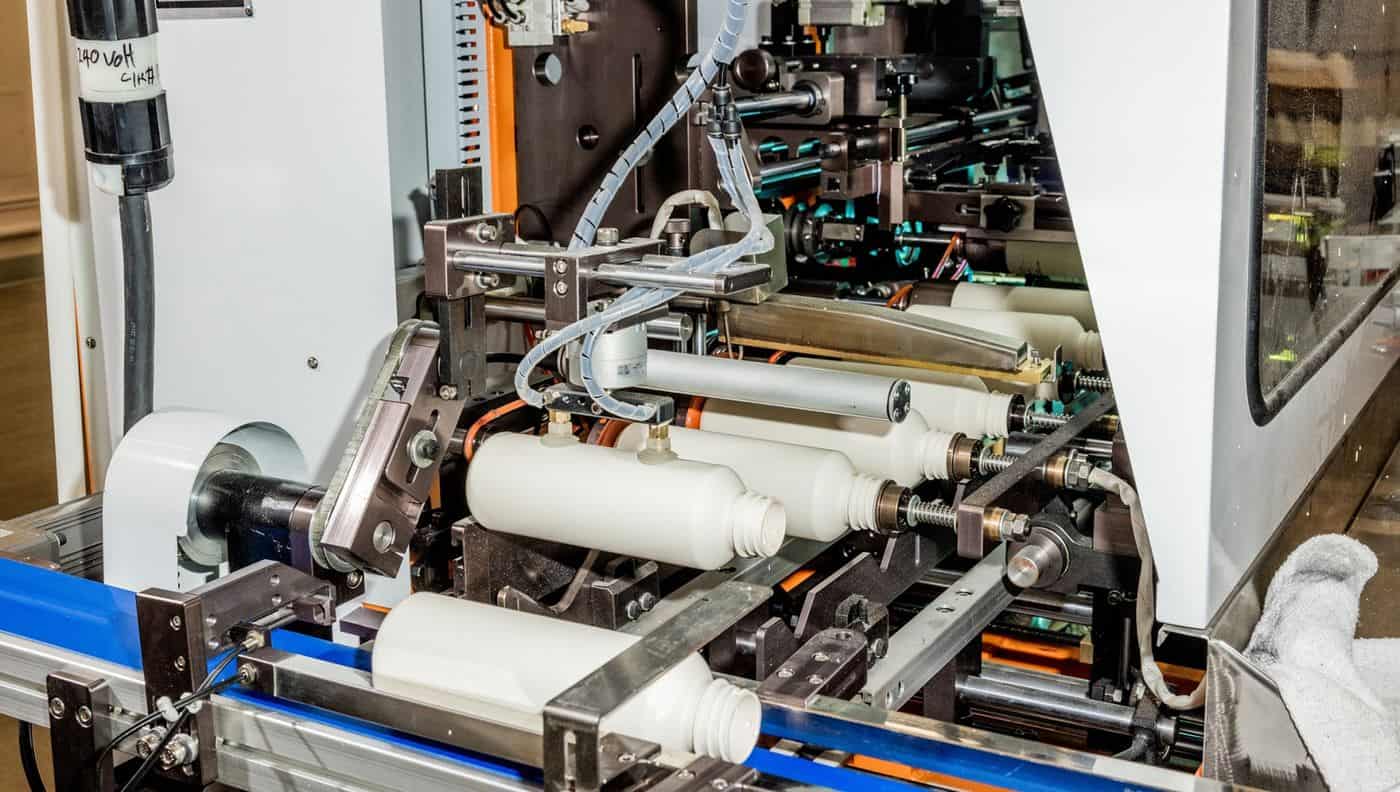
Every piece of bottling equipment Cove bought also needed to be modified to handle the fickle material, and most took forever to show up. Steel pipes to transport the pellets between machines and a temperature sensor tool didn’t arrive for more than a year. Still today, one of Cove’s 12 employees manually sorts bottles rolling off the assembly line because a mechanical sorter is en route. “We ordered [it] back in January. It was promised to be here in April,” explained Cove’s vice president of technology Jim Shepherd, shouting over the machine din. “We’re now in October and basically waiting on a robot.”
When Cove first started production, it would ship PHA pellets to laboratories to test their physical properties, intending to wait on the results before forging them into bottles. “It wasn’t fast enough,” said Agnes Steckler, Cove’s research director. So the company built Steckler her own lab, a room with eight machines to measure resilience, melting points and molecular weight of the PHA. The lab cost the startup more time and “millions of dollars,” Totterman said. But it was worthwhile: “We had to take a step back to take two steps forward.”
Even that wasn’t the last hurdle. Once Cove finally began churning out bottles, most weren’t strong enough to withstand a tight grip, or a drop from a few feet. “It turns out, it’s very difficult to bring a new technology to market,” said Peter Rahal, an early investor.
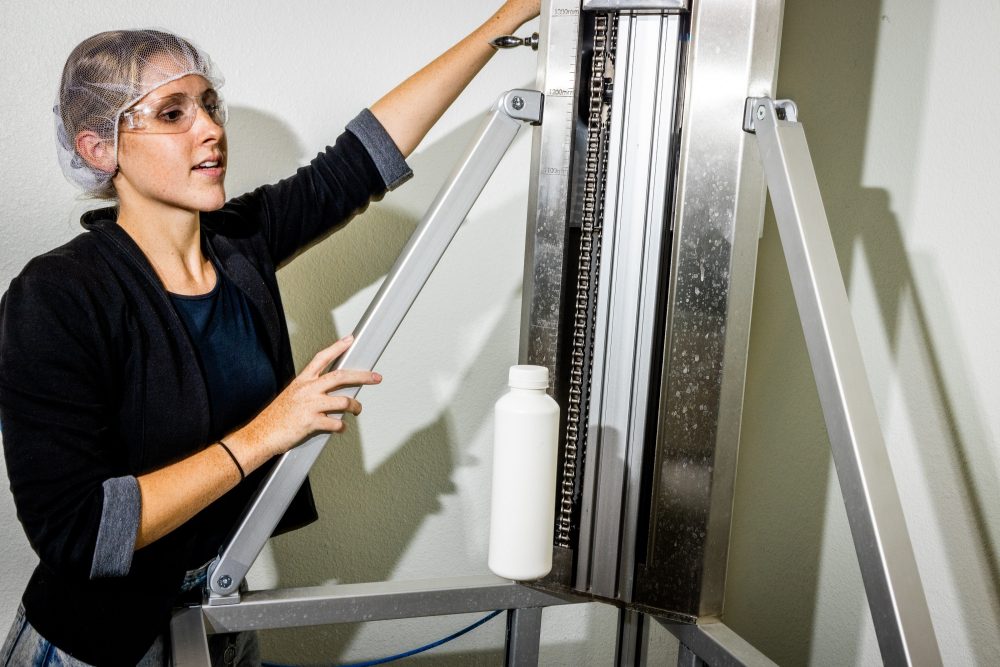
Others have tried to crack the biodegradable bottle. In 1990, the British industrial firm ICI announced a biodegradable plastic made from a mixture of bacteria and glucose that took 15 years to develop. ICI said the material absorbed enough carbon dioxide to match emissions from production, and rolled it out first as shampoo bottles in Germany. But the material was expanded to few other items and six years later ICI sold the invention patents to Monsanto, which soon pawned off the biodegradables division to a company called Metabolix. It, too, tried remaking plastics, failed, then steered the research into agriculture.
Meanwhile, every food and beverage giant, under significant pressure to get off plastic, has experimented with natural substitutes. Few projects have left the lab. Last year, Coca-Cola Co. abandoned its plans for plant-based packaging in favor of 100% recyclables, arguing that consumers were demanding reusable bottles.
Such corporate efforts underestimate the expense and headache of converting organic materials into a viable plastic replacement, according to Ramani Narayan, a professor at Michigan State University and expert on bioplastics. He has seen a parade of companies try harvesting various chemical mixtures, only to give up or fall short of bold promises — and he’s wary of RWDC’s claims about PHA. “Every third person comes around, ‘Oh, I’ve got this magic stuff now. I can save the world’s problems,’” Narayan said.
Danimer Scientific Inc., a company planning to make straws, Skittles bags and rum bottles using plant-based PHA, was last year accused by scientists — and short sellers — of overstating biodegradability claims. (Danimer argued its process met international testing standards.) Cove’s key ingredients from RWDC have been approved as biodegradable by certification body Tüv Austria, and Totterman says his company is awaiting similar approval for its bottle.
After initially working with contractors, Totterman decided to bring Cove’s process in-house, recruiting a small team of material scientists and manufacturing veterans — though none of them are PHA experts. Before Cove, Totterman worked for a water purification startup in his native UK. Shepherd is a molecular scientist who spent decades at Coca-Cola and Procter & Gamble, although he hadn’t worked with PHA until joining last year. “We’re figuring out the standards,” said Totterman. “Because there isn’t a blueprint.”
Investors like this temerity. “Experience can be a burden,” says Rahal, who created RxBar, the health food brand. “If you know too much and you’re too smart, you don’t jump. And you’ve got to jump.”
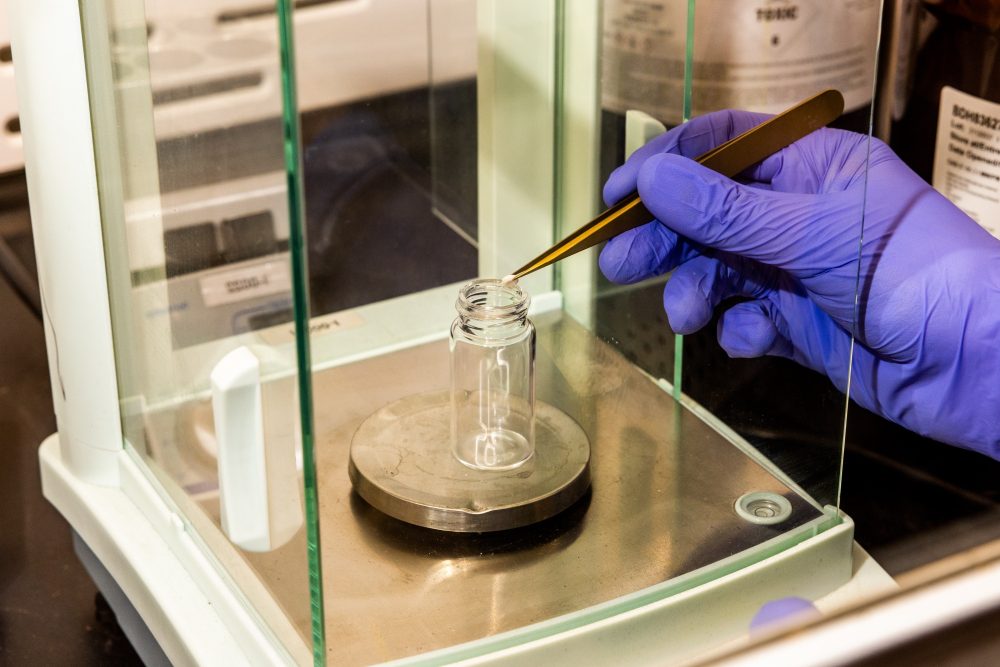
More hurdles remain. Recent environmental legislation in California categorizes PHA as a plastic, limiting the amount of material Cove can use in production. (Ben Kogan, Cove’s policy lead, is working on a counterproposal.) And pricing is in flux. Two years ago, Cove promised a $2.29 bottle, but it has since added 70 cents to that price in response to price hikes on raw materials. Totterman thinks expecting consumers to reuse bottles or recycle more often is naïve. Expecting people to pay more for compostable bottles sounds naïve, too, but Cove sees validation in Liquid Death, an aluminum can water brand worth an eye-watering $700 million.
The company also takes inspiration from another premium product: An investor deck from this summer describes Cove’s strategy as “the Tesla playbook” — sell an expensive item that conscious consumers will buy, driving down production costs. Pricey water is merely a “Trojan Horse” for a range of compostable consumer goods, Totterman said, hinting at future Cove shampoo bottles and other home care products.
But first, water. Behind the Cove factory, Totterman showed off a storage warehouse stocked full of boxes with Cove’s bottles, ready to ship out when the time is right. “We kind of fought to get here, kicking and screaming this into existence,” the CEO admitted. “We’re basically in striking distance now.” He didn’t give a precise date.
Packaging 360 is a comprehensive knowledge sharing ecosystem for the Indian packaging industry. Our services include an online content platform to deliver news, insights and case studies; organising conferences seminars and customised training; Providing Bespoke Project Consulting, Market Research and Intelligence.

